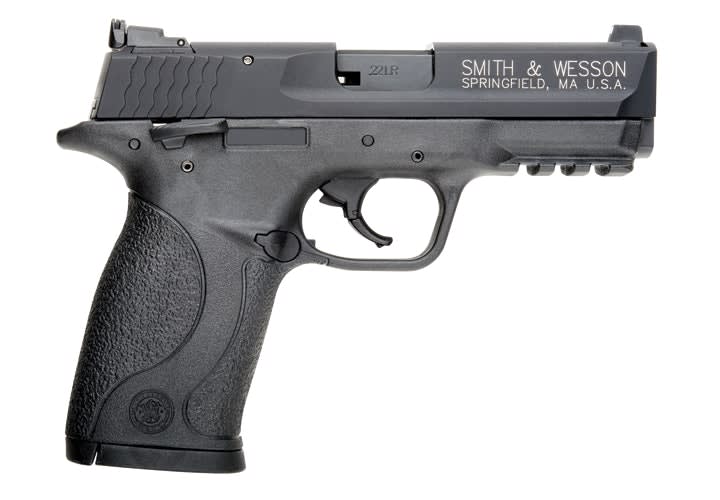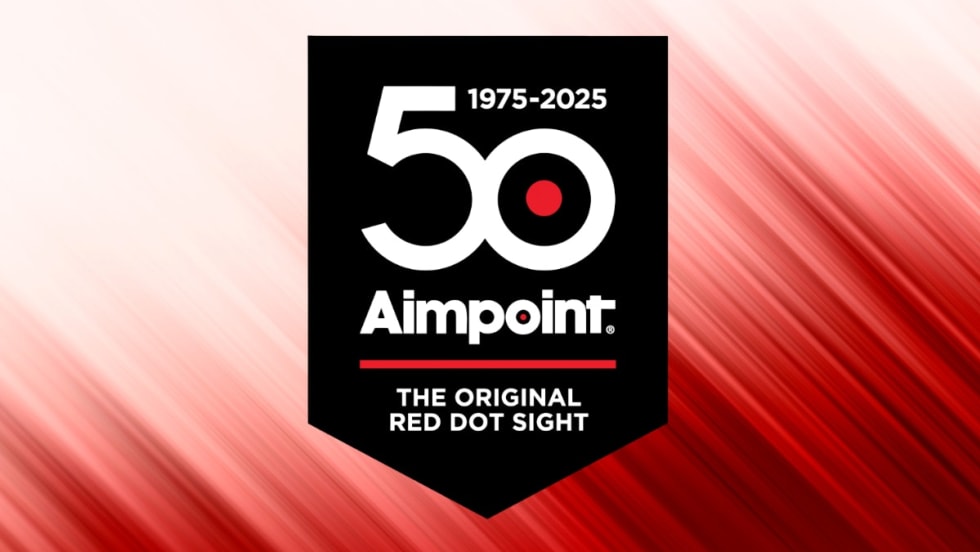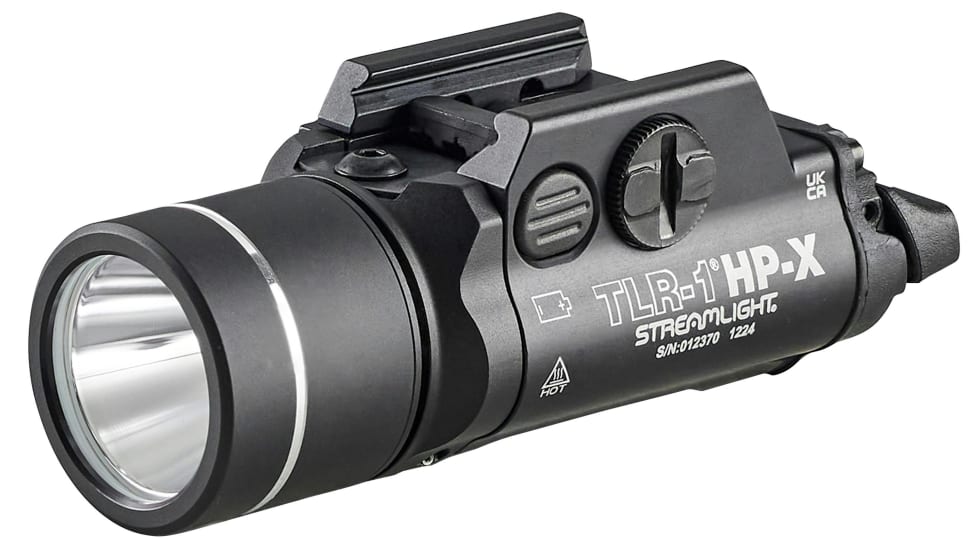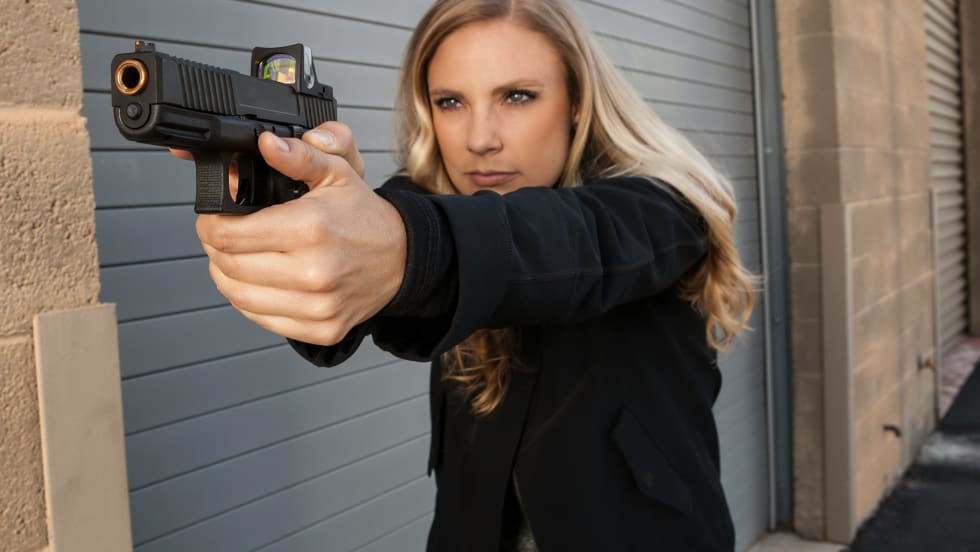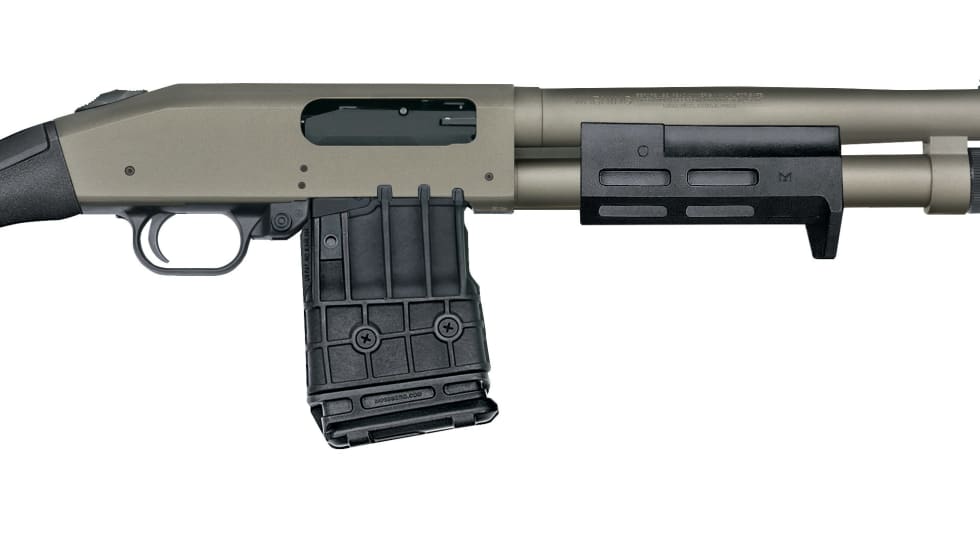Because I am so familiar with the M&P and one of the reasons agencies and officers might want to acquire the M&P22 is for training, I asked my fiancée Becky to run the combat drills.
While an avid shooter, Becky has next to no experience with the M&P. Her carry gun is an S&W J-frame .38 revolver and she uses another brand of polymer pistol for competitive shooting. Despite her lack of experience she found the Compact's easy-to-see sights and rather decent trigger much to her liking, and at seven yards, she put every round she fired into the target's 9 and 10 rings.
Becky was impressed with the M&P22 Compact's excellent handling characteristics, light weight, and—more importantly—light recoil and felt that it would be an excellent tool for teaching new shooters the basics of safe gun handling and marksmanship...without the expense of higher caliber ammo. She found all the controls positive in operation and easy to manipulate and, being a Southpaw, she was especially taken with the ambidextrous safeties and the reversible magazine catch.
Becky and I ran approximately 300 rounds through the M&P22 in our first shooting session and another 200 or more the following weekend. And while the pistol got quite dirty, we did not experience a single failure to feed, fire, or eject.
As is my regular practice I would like to make two suggestions as to how S&W could improve the M&P22 Compact. I believe installing a fiber optic front sight while removing the white dots from the rear would provide a superior and faster sight picture. Secondly, loading magazines to capacity took a toll on our fingers and a sleeve-type magazine loading tool would be greatly appreciated.


